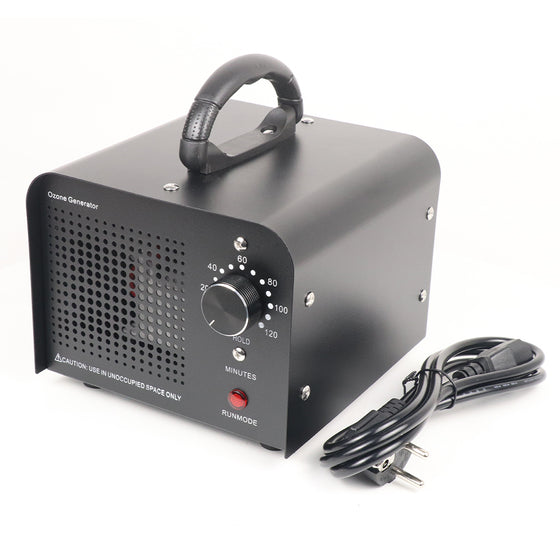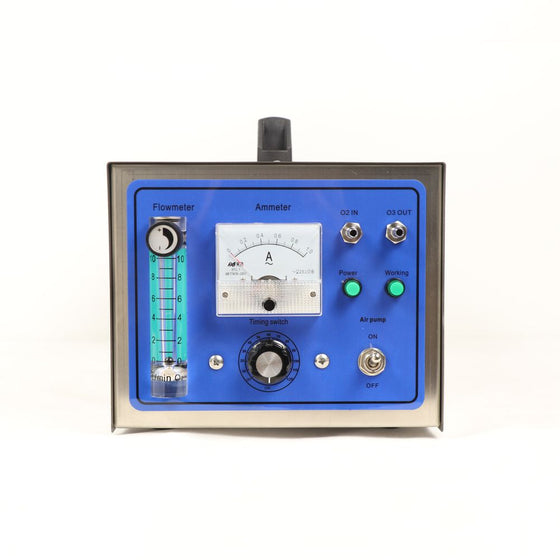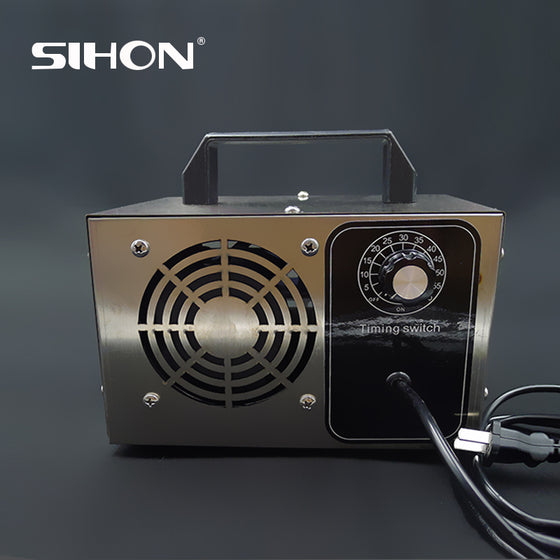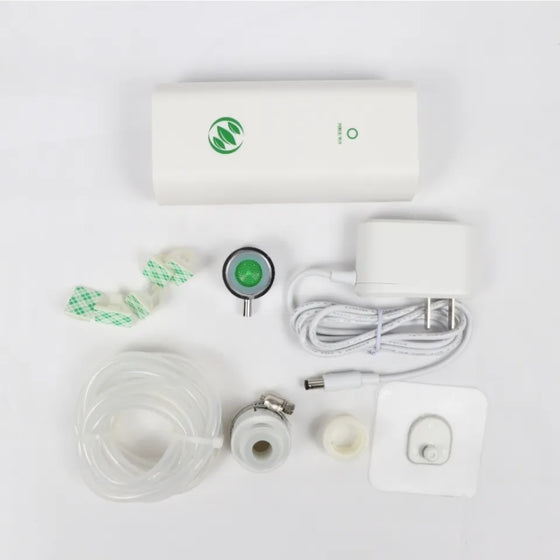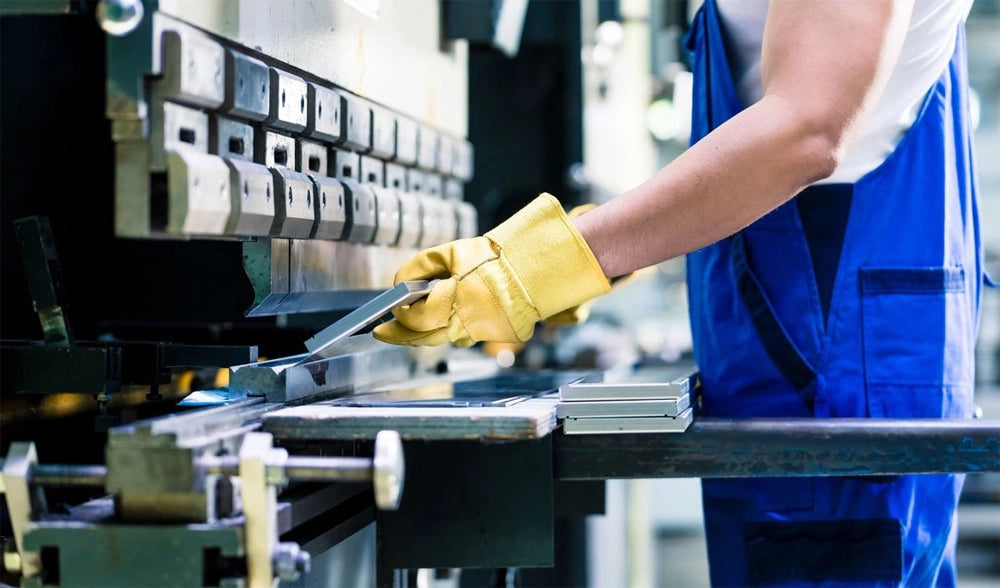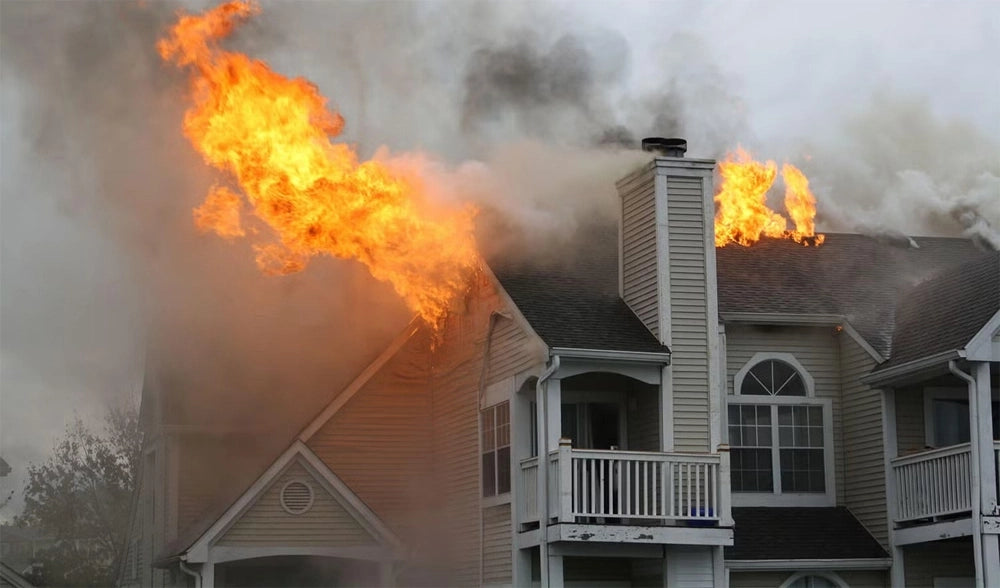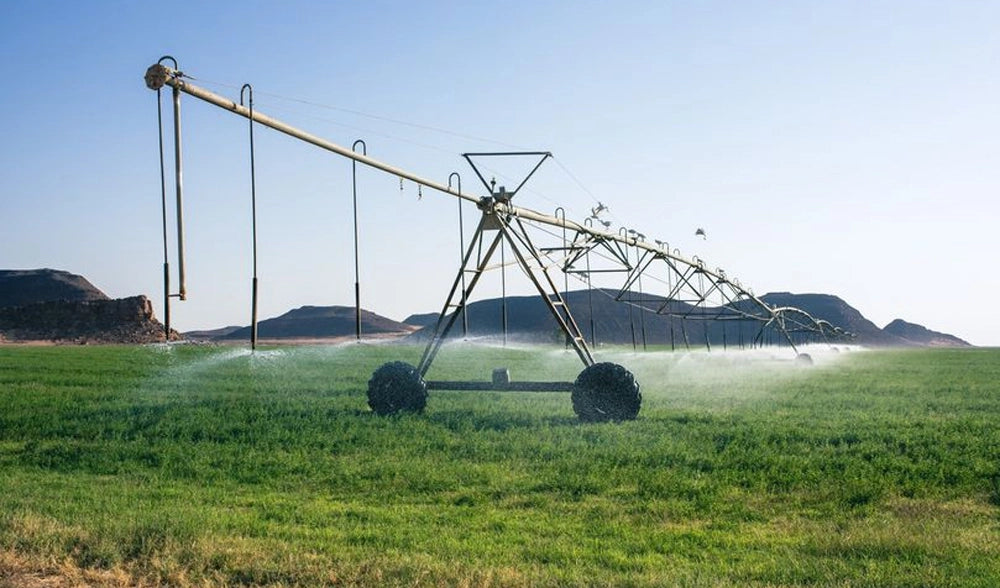Where Should I Use an Ozone Monitor?

Ozone (O3) is traditionally employed as both an oxidant and disinfectant across numerous industries, showcasing its versatility beyond these applications. Despite being a distinctive gas, it is prevalent in a diverse array of industrial settings. Given its highly toxic nature, it is crucial to deploy an ozone monitor wherever applicable. If uncertainty surrounds the presence of ozone in your industry or if you are simply interested in its various applications, peruse the article below. We delve into these aspects and introduce our advanced ozone monitor solutions designed to enhance detection and prevent ozone-related health risks.
Understanding the Risks Associated with Ozone
As previously noted, ozone gas is extremely toxic. With its distinctly sharp odor and potent oxidation properties, concentrations exceeding about 100 ppb can lead to damage in the mucous and respiratory tissues of animals, as well as tissues in plants. This renders ozone a significant respiratory and environmental hazard when present near ground level.
With a Short-Term Exposure Limit (STEL) as minimal as 0.2 ppm and no Time-Weighted Average (TWA), ozone underscores its substantial hazard to both personnel health and the environment. Consequently, the use of ozone monitors is indispensable in safeguarding against the toxic effects of ozone within your workplace.
Locations Where Ozone is Found

Ozone (O3) can be found across a diverse spectrum of industries, primarily those requiring an oxidant or disinfectant as an integral component of their processes. Below are examples of some of the most prevalent industries where ozone gas is commonly encountered:
Wastewater Treatment
Industrial wastewater, also known as effluents, can contain numerous contaminants, including various volatile organic compounds (VOCs), cyanides, and sanitary waste. To address these issues, water treatment companies employ a variety of chemicals, one of which is ozone. Water treatment companies prefer ozonation over chlorine due to its effectiveness in degrading both organic and inorganic pollutants and its cost-effectiveness. As a result, ozone is widely utilized in this industry and stored in substantial quantities, necessitating the deployment of fixed or portable ozone monitors.
Medical Industry
Ozone's potent disinfectant properties make it a versatile tool employed in various forms within hospitals to ensure the safety of staff, especially amidst the COVID-19 outbreak. The prevalent method of disinfection involves releasing 20 ppm concentrations of ozone gas into rooms through generators, thoroughly disinfecting all surfaces. Additionally, UV lights are utilized to disinfect areas, emitting a small amount of ozone gas in the process. Consequently, the use of portable ozone monitors becomes essential for spot-checking rooms post-disinfection, considering the elevated levels of ozone gas released during the process.
Paper Industry
Beyond its disinfectant properties, ozone proves to be an exceptionally efficient bleaching agent, generating vibrant and durable pulp at a minimal expense. This quality makes it a preferred choice in the paper industry. Moreover, ozone offers an environmentally friendlier alternative for pulp bleaching compared to substances like Chlorine. Given the stringent regulations on effluent in the paper industry, ozone gains a competitive advantage over other chemicals. Employed in elevated concentrations to achieve the desired brightness of paper pulp, ozone finds widespread use in paper mills. Consequently, the implementation of an ozone monitor is imperative to guarantee the safety of personnel.
Automotive Industry
Although it may not be immediately apparent, ozone monitors find application in the automotive industry, where ozone is extensively utilized for its cleaning and sterilization properties. Similar to practices in the medical field, Ozone is introduced into vehicles through O3 generators, penetrating areas that conventional car cleaning methods might overlook, such as air vents. This usage is prevalent throughout the automotive industry, spanning from the manufacturing of cars to certain car wash processes. Given the elevated concentration of released O3, it becomes crucial to conduct spot checks using an ozone monitor to ensure the safety of both personnel and customers in the area.
These instances represent only a handful of industries necessitating ozone monitors; additional applications encompass:
● House Cleaning – removing mould and mildew
● Commercial Laundries
● Cooling towers
● Hydraulic fracking
● Cannabis industry
Sihon-Ozone Provides Better Ozone Monitor Solution

Sihon-Ozone provides a variety of ozone monitors with different working principles to meet the needs of different use sites, including pump suction, UV absorption, and 3-electrode principle.
Contact Sihon-Ozone Today
Need high-quality and accurate equipment for ozone gas detection? Contact Sihon-Ozone immediately. We have extensive expertise in ozone gas detection. We can provide you with a significantly better detection solution and the full support of our team for your ozone gas detection demands.
New Arrivals
Leave A Reply
Your email address will not be published. Required fields are marked *

